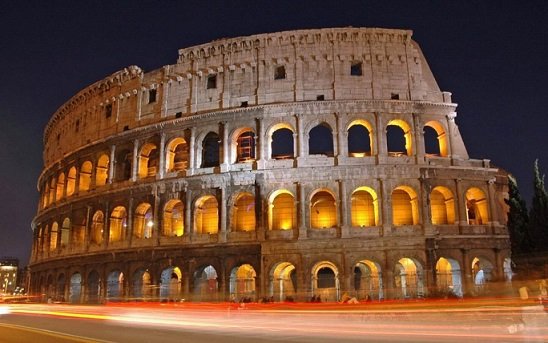
IMAGE SOURCE
About 2000 years ago, the Romans created some of the largest and best organized empire in the world, in whose territory they built cities and roads and spread their way of life. In the most remote reaches of the Roman Empire, people dressed in the Roman style, used the same coin and honored the gods of Rome. One of the reasons for its success was that, unlike other ancient states, the Roman Empire welcomed foreigners who could become Roman citizens. At first this was a reward for loyalty or service in the Roman army, but under caracalla, between 211 and 217 AD, citizenship was granted to all free inhabitants of the empire: from Britania to Egypt, all except the slave could be called Romans.
BE ROMAN
Not all the emperors were born in the same Rome, but they came from other parts of the empire, such as Hispania, Africa or the Balkan region. This masterful sculpture made in two different types of stone, is a portrait of Septimius Severus, emperor from 193 to 211 AD. Native to the northern African city of Leptis Magna (in present day Libya) and whose wife Julia Domna, was Syrian, the dynasty of the severe ones founded by him, ruled Rome for more than 40 years.
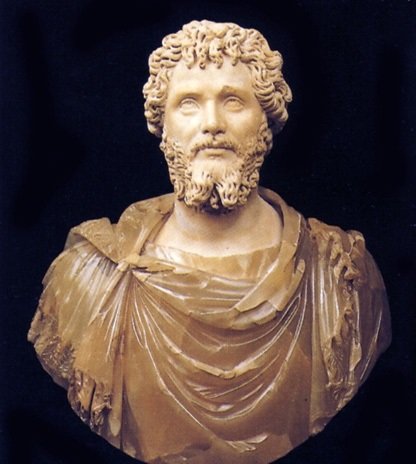
IMAGE SOURCE
THE ART OF LIVING
The Roman Empire secured the loyalty of the upper classes by offering them a high standard of living. In regions where even the mighty had lived in modest, straw-roofed, round houses, Roma unveiled unimaginable luxuries. The rich could afford to drink wine, eat in pretty baskets and decorate their dwellings with mosaics and the less well-off could go to the public baths (termas) with underfloor heating.
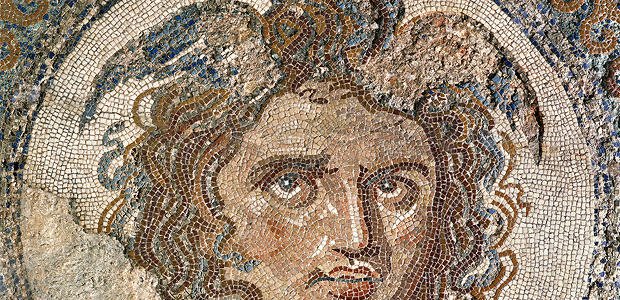
IMAGE SOURCE
THE CONQUERED PEOPLES
While the rich benefited from Roman rule, life was much harder for the lower layers of society, the poor peasants had to work as much as ever, and the rest had to pay taxes to the government of Rome. Prisoners captured in the war by the Romans used to be sold as slaves and forced to work in mines or on large farms.
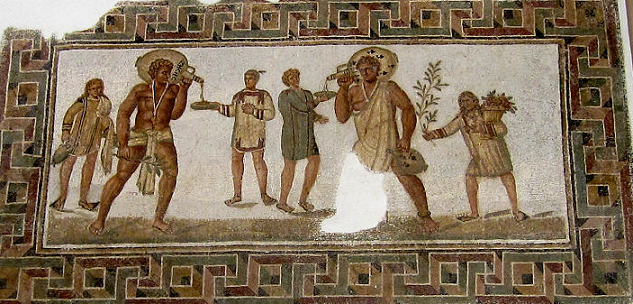
IMAGE SOURCE
THE APOGEE OF THE EMPIRE
This map shows the Roman Empire in 117 AD, when it extended 3700 km from north to south and 4000 km from east to west. At that time, all the riverine lands of the Mediterranean Sea called Mare Nostrum (our sea) by the Romans, were part of a single state. Roman rule guaranteed peace and stability, and encouraged commerce, agriculture and industry.
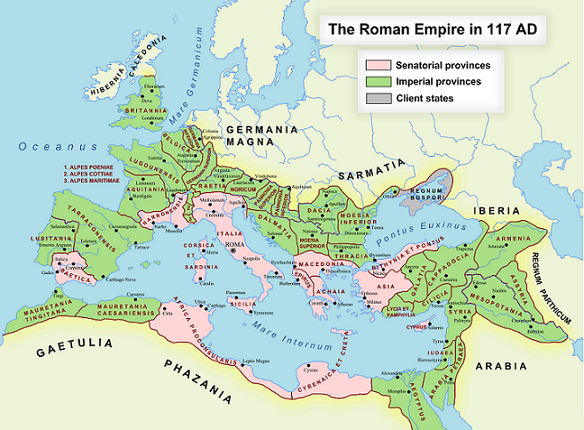
IMAGE SOURCE
ROMAN ARCHEOLOGY
OLD CITY
In the lands that belonged to the Roman Empire, fascinating archaeological remains abound. This circular building is the market of Leptus Magna, in the current Libya, looted by the Berber tribes of the north of Africa in 523 AD, the city was abandoned in the desert. Its excavation began in the 1920s.
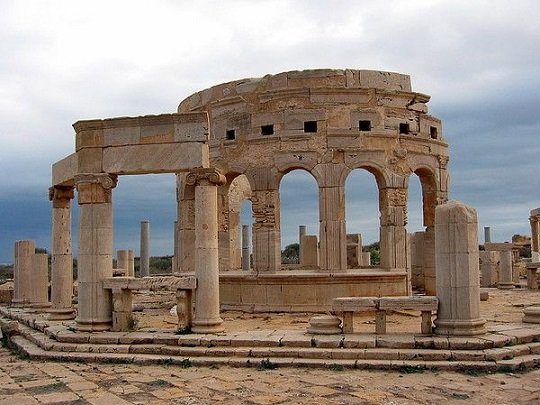
IMAGE SOURCE
AT THE BOTTOM OF THE SEA
At the bottom of the Mediterranean sea, there are even pottery vessels, called amphorae (aforas), which were used to transport wine, olive oil and which survived the shipwreck of Roman ships. His study allows archaeologists to know the broken commercials of antiquity.
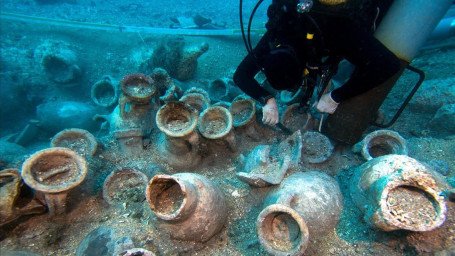
IMAGE SOURCE
GOLD MINES
Archeology also studies Roman industrial sites, such as forges and mines of gold, silver, tin and lead. In this place of the medulas, in the northwest of Spain (between León and Orense), the Roman miners drilled a whole mountain to extract gold. It was one of the largest gold mines in the empire.
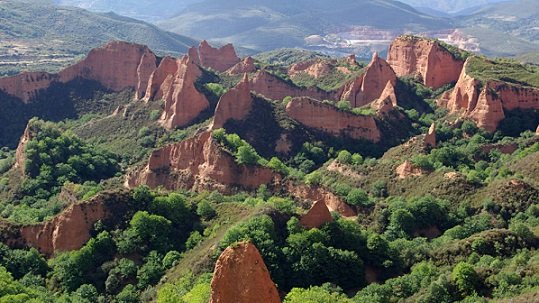
IMAGE SOURCE
WRITING
This relief of viminacium in present-day Serbia, shows a banker carrying his accounts. The Roman texts that have reached us include letters and other documents preserved in the dry sands of Egypt or the damp soil of Great Britain, in addition to books that were copied for centuries and are still read.
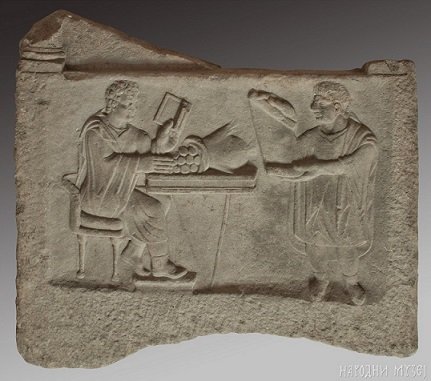
IMAGE SOURCE

As a history student, the history of the Romans is quite known. The history of Romans taught me a lot. Thank you for informative discussions on such a topic.
You are right, this topic is very broad and rich in culture and information, thanks to you, friend, for commenting.